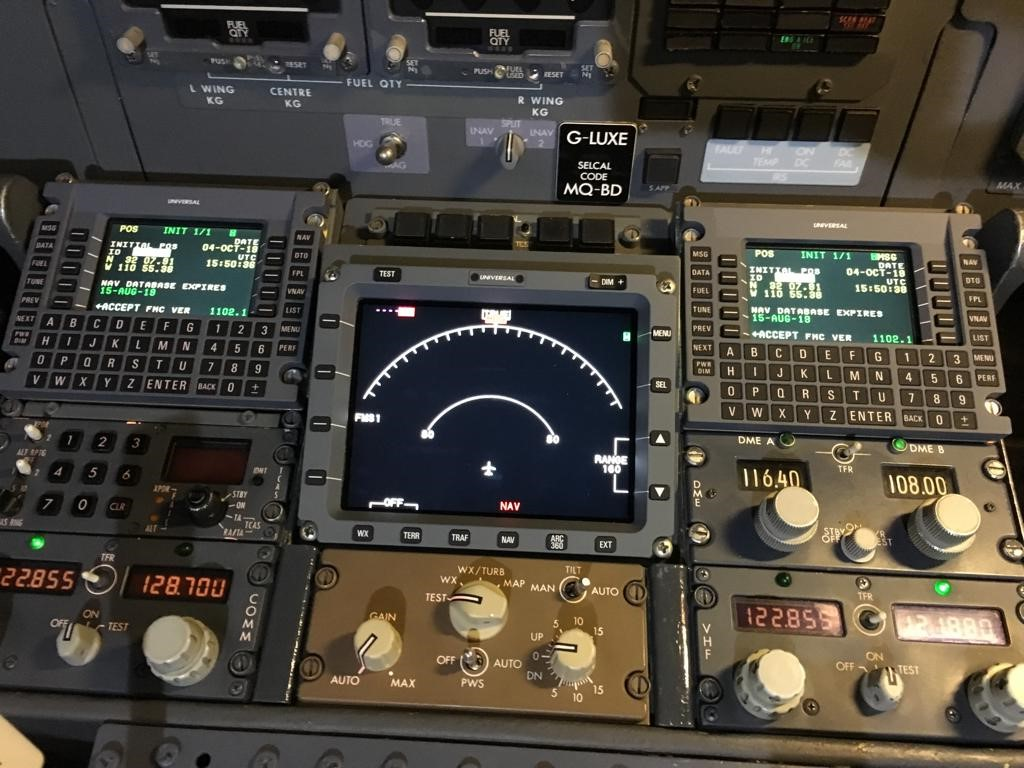FAAM has commissioned a major navigation upgrade!
To make sure the FAAM aircraft meets new standards and to expand its near-global reach, the aircraft’s navigation system is being completely replaced this winter in time for science flying early next year.
More precise and automated aircraft position control systems are required for a number of reasons, such as increased air traffic density in some areas of the world, and the types of approach and landing support available at airfields. Satellite-based navigation systems are now the standard for aircraft, which helps to reduce the need for ground-based radar control.
In 2020, changes in EU and US airspace regulations will also require major changes to the way that aircraft positioning is managed. The FAAM aircraft will soon need to broadcast its position and other dynamic parameters to air traffic control, but its existing navigation system will become out of date in 2020.
To prevent these changes from limiting FAAM’s operation, we have commissioned a navigation upgrade that will not only make sure the aircraft complies with the new standards, but will also open up opportunities to operate in more remote parts of the world where aerodromes have ceased to support older positioning aids.
Completely replacing a navigation system on an aircraft the size of FAAM’s Airborne Laboratory is a sizeable job, so after some time on the ground, the aircraft will be back flying for science again in January 2020.

